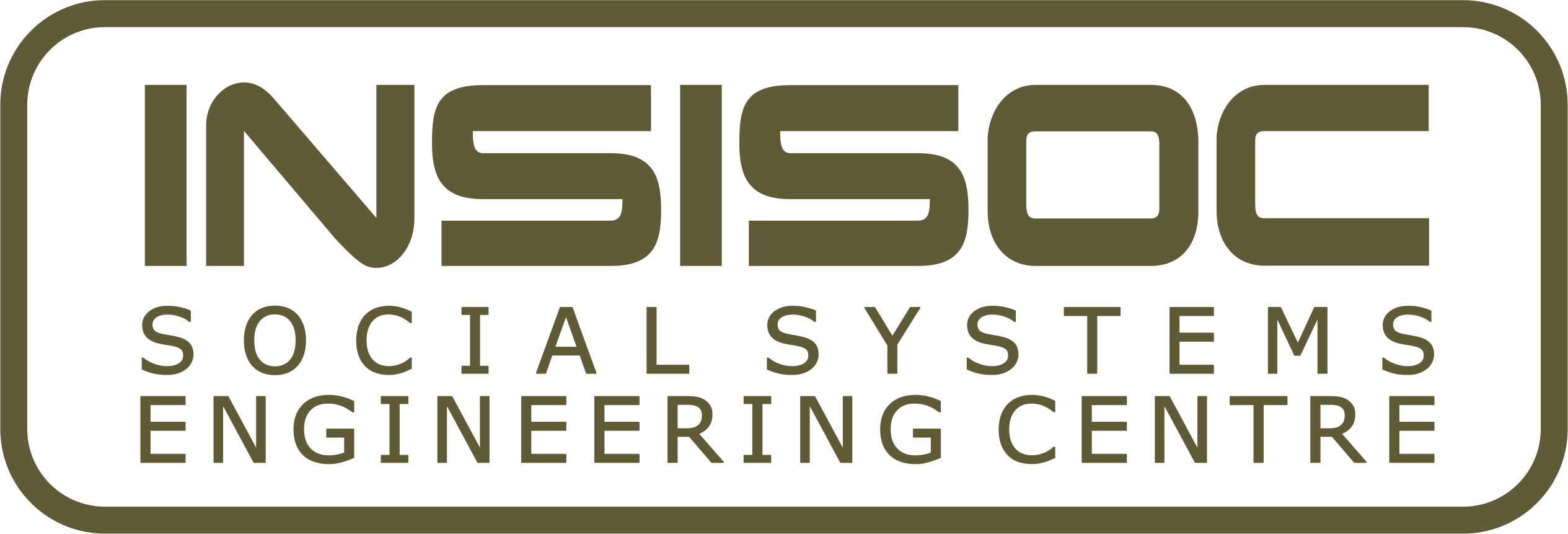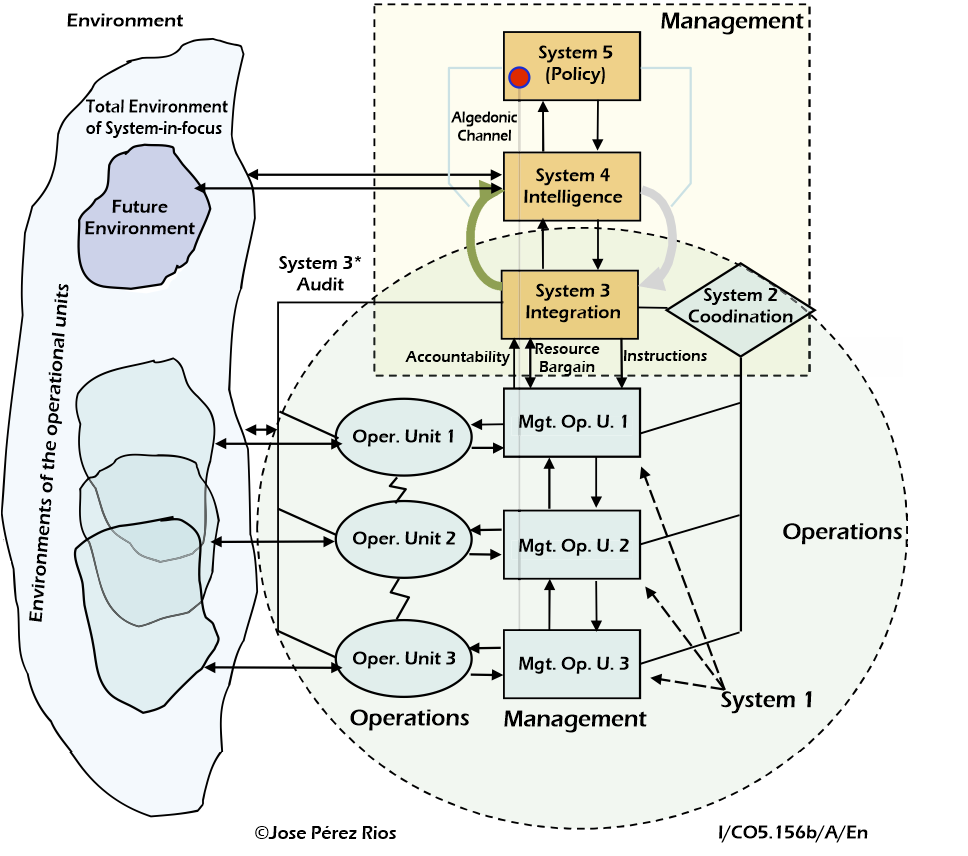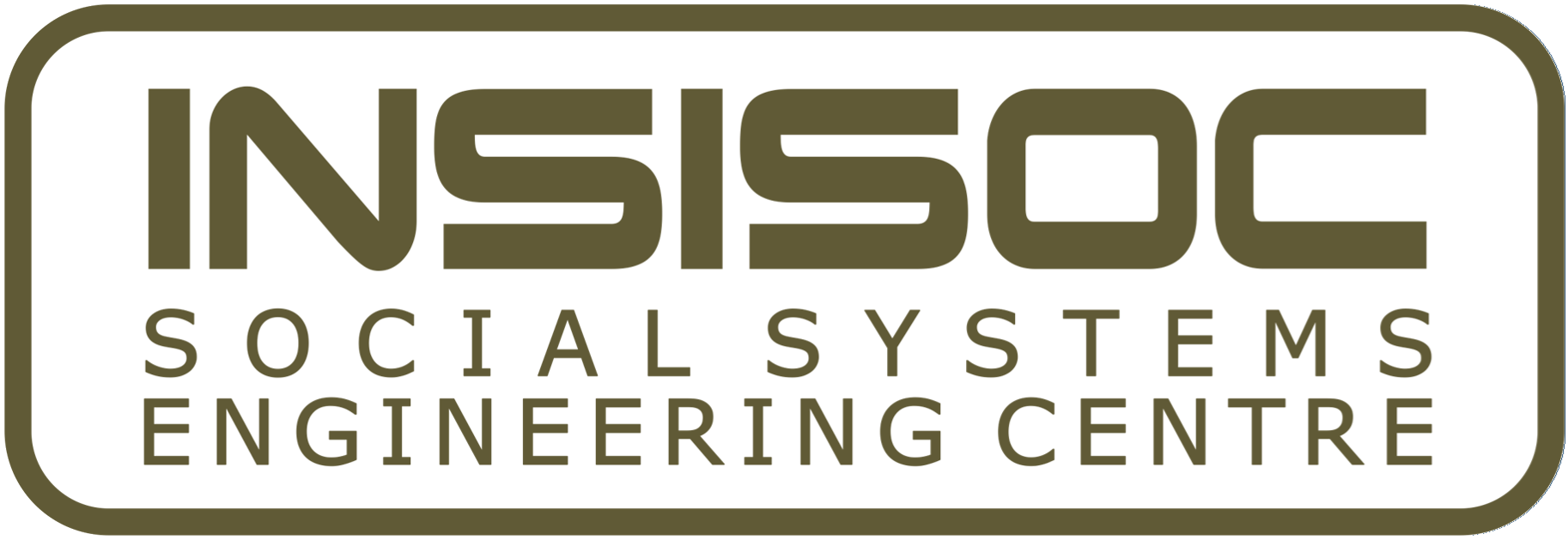In the last few decades the world has changed radically. The diverse factors involved in this change and their inter relationship mean that the complexity implicit in such a situation is also enormous. Very often the consequence for organizations and companies (public or private) is one of jeopardized viability.
In order to deal with complex problems of this nature (increasingly referred to as “systemic” problems), managers must use tools suited to the size of the problem. Methodologies exist but they are neither well-known nor widespread, and in certain cases it is difficult for managers to implement them.
In addition, although it is now found in many areas of activity, the use of Information and Communication Technologies (ICTs) was still insufficient in some of the system methodologies applicable to the types of problems referred to before. In this project we also attempted to respond to this challenge by means of ICTs both to facilitate visualization of and access to methodologies and use various types, as well as to provide users (managers, decision-takers in general, students) with training tools for identifying and addressing dynamic system complexity.
In the last few decades the world has changed radically. The diverse factors involved in this change and their inter relationship mean that the complexity implicit in such a situation is also enormous. Very often the consequence for organizations and companies (public or private) is one of jeopardized viability.
In order to deal with complex problems of this nature (increasingly referred to as “systemic” problems), managers must use tools suited to the size of the problem. Methodologies exist but they are neither well-known nor widespread, and in certain cases it is difficult for managers to implement them.
In addition, although it is now found in many areas of activity, the use of Information and Communication Technologies (ICTs) was still insufficient in some of the system methodologies applicable to the types of problems referred to before. In this project we also attempted to respond to this challenge by means of ICTs both to facilitate visualization of and access to methodologies and use various types, as well as to provide users (managers, decision-takers in general, students) with training tools for identifying and addressing dynamic system complexity.
The methodologies to be considered in this project were mainly advanced versions of Organisational Cybernetics (OC) and Beer’s Viable Systems Model (VSM), Beer’s Team Syntegrity (TS) and Systems Dynamics (SD).
Their capacity to break this complexity down into “recursion levels” and thus make it easier to deal with them is exceptional. Systems Dynamics integrated in viable models enable them to incorporate time effects into decision-taking. TS supplies the means to facilitate our learning, our exchange of knowledge and its collective transformation. Integrating these components in a coherent conceptual framework permitted managers to have at their disposal suitable for tackling this complexity.
The project, sponsored with Regional Administration funds, was structured in five modules:
- The first dealt with the methodology for diagnosing and designing organizations and included guidelines. It also included diagnosis tools, types of common pathologies and their visualization, and it was incorporated to the platform allowing provision and use of methodologies via Internet.
- The second module was dedicated to two developments. The first one, a software to facilitate the application of OC and VSM, including diagnosis and visualization of pathologies, and its combination with SD. The second one, a software to allow the application via Internet of TS.
- In the third module we looked at the Internet training tools to facilitate identification of dynamic complexity and its effects on the behavior of complex systems.
- In the fourth module, an “Operations Room” prototype was built for management teams (of any organization).
- Finally, the fifth module was concerned with validating the previous developments with the support of the various Spanish and foreign EPOs.
The methodologies to be considered in this project were mainly advanced versions of Organisational Cybernetics (OC) and Beer’s Viable Systems Model (VSM), Beer’s Team Syntegrity (TS) and Systems Dynamics (SD).
Their capacity to break this complexity down into “recursion levels” and thus make it easier to deal with them is exceptional. Systems Dynamics integrated in viable models enable them to incorporate time effects into decision-taking. TS supplies the means to facilitate our learning, our exchange of knowledge and its collective transformation. Integrating these components in a coherent conceptual framework permitted managers to have at their disposal suitable for tackling this complexity.
The project, sponsored with Regional Administration funds, was structured in five modules:
- The first dealt with the methodology for diagnosing and designing organizations and included guidelines. It also included diagnosis tools, types of common pathologies and their visualization, and it was incorporated to the platform allowing provision and use of methodologies via Internet.
- The second module was dedicated to two developments. The first one, a software to facilitate the application of OC and VSM, including diagnosis and visualization of pathologies, and its combination with SD. The second one, a software to allow the application via Internet of TS.
- In the third module we looked at the Internet training tools to facilitate identification of dynamic complexity and its effects on the behavior of complex systems.
- In the fourth module, an “Operations Room” prototype was built for management teams (of any organization).
- Finally, the fifth module was concerned with validating the previous developments with the support of the various Spanish and foreign EPOs.



